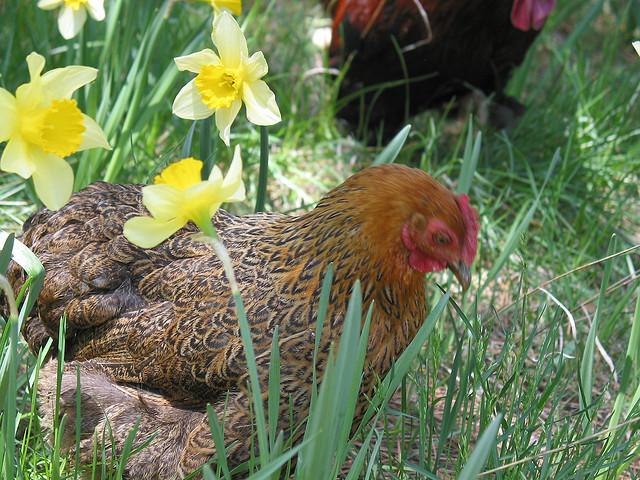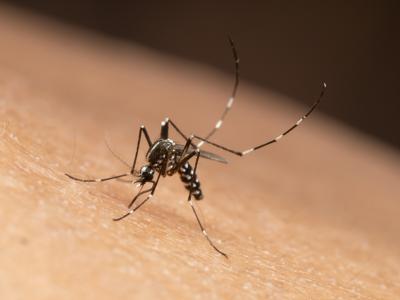US animal health officials yesterday announced two more highly pathogenic avian influenza (HPAI) H5N2 outbreaks, one at another Minnesota turkey farm and the other in backyard poultry in Montana, and China today said the H5N6 virus has struck a farm in Jiansgu province.
Also, researchers from two US government agencies detailed further genetic findings on a mixed-origin H5N1 virus detected in Washington state and British Columbia a few months ago.
H5N2 found in Minnesota a fifth time
The outbreak in Minnesota is the state's fifth and occurred in a turkey flock in Stearns County, which reported a previous outbreak in late March. In the latest one, the virus struck a flock of 71,000 turkeys, the US Department of Agriculture (USDA) Animal and Plant Health Inspection Service (APHIS) said in its confirmation announcement.
After increased mortality was seen in the birds, samples tested positive for H5N2 at the University of Minnesota Veterinary Diagnostic Laboratory in St. Paul and the APHIS National Veterinary Services Laboratory (NVSL) in Ames, Iowa.
APHIS said it is working on a joint incident response plan with the Minnesota Board of Animal Health. State veterinary officials have quarantined the farm, where the remaining birds will be culled to control the spread of the virus. The agency added that birds from the location will not enter the food chain.
Three other Minnesota counties—Nobles, Pope, and Lac Qui Parle—have been hit by H5N2 outbreaks in recent weeks. Minnesota lies within the Mississippi flyway for migratory birds.
The new outbreak is another blow to the nation's largest turkey-producing state, and the event is notable in that Stearns is the state's second largest turkey-producing county.
Virus hits backyard birds in Montana
Montana's H5N2 outbreak occurred in a backyard mixed-poultry flock in Judith Basin County, located in the central part of the state, according to a separate statement from APHIS yesterday.
Samples taken after some of the birds died were tested at APHIS's NVSL in Ames, which confirmed the H5N2 finding. APHIS said it is working with the Montana Department of Livestock on the response to the outbreak and that state authorities have quarantined the farm and will depopulate the flock.
The H5N2 detection is Montana's second in the past few days. On Mar 31 officials announced that the virus had been found in a captive gyrfalcon in the northwestern part of the state.
The H5N2 strain, in addition to its presence in Minnesota and Montana, was responsible for a spate of other recent outbreaks, including commercial turkey farms in Missouri and Arkansas, a backyard flock in Kansas, and a wild bird in Wyoming.
H5N6 in China
Meanwhile, China's agriculture ministry today reported an H5N6 avian flu outbreak at a goose farm near Changzhou in Jiangsu province, which is in the eastern part of the country. Of 22,669 susceptible birds, the virus sickened 260, 93 of them fatally. The remaining ones were destroyed to stop the virus.
The event is China's fourth H5N6 outbreak so far this year. The virus has struck two locations in Hunan province and one in Jiangsu. China has also reported three human infections with H5N6, two of them fatal.
Mixed-origin H5N1 gene study
In other developments, scientists from the US Geological Survey (USGS) and the USDA yesterday published the results of a genetic analysis of a mixed-origin highly pathogenic H5N1 avian influenza virus detected in a Washington state duck in late 2014 and subsequently in a backyard flock in British Columbia. The findings appear in an online edition of Genome Announcements.
The virus detected in North America is different from the Eurasian HPAI H5N1 virus and contains genes from Eurasian HPAI H5N8 strain as well as genes from North American low-pathogenic avian flu viruses found in wild birds.
Mia Kim Torchetti, DVM, PhD, an APHIS and USGS scientist, said in a statement, "Such findings are not unexpected and might continue as the Eurasian lineage H5 circulates in the United States."
The mixed-origin H5N1 virus cropped up in North America alongside H5N2, another mixed-origin virus, and the Eurasian H5N8 virus.
The threat to humans from the viruses is thought to be low, but human infections can occur, and public health officials are working with poultry workers where outbreaks have occurred to ensure that they are taking proper precautions.
See also:
Apr 2 APHIS report on Minnesota outbreak
Apr 2 APHIS report on Montana outbreak
Apr 3 OIE report
Apr 2 USGS press release
Apr 2 Genome Announc abstract






















